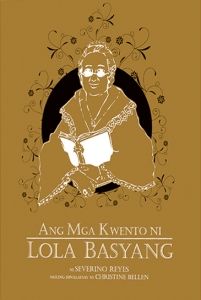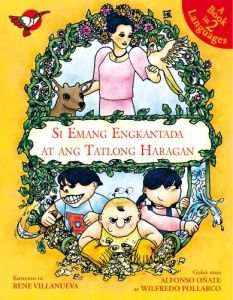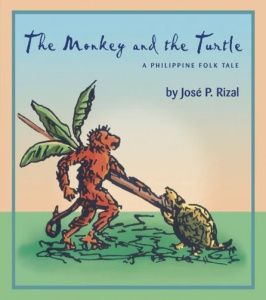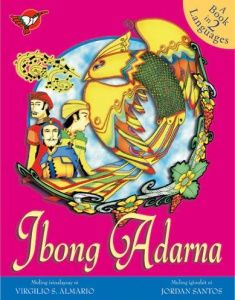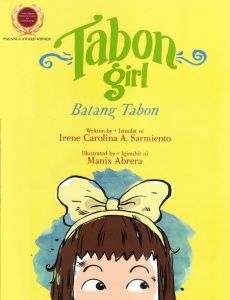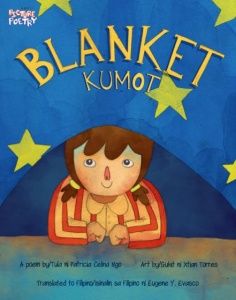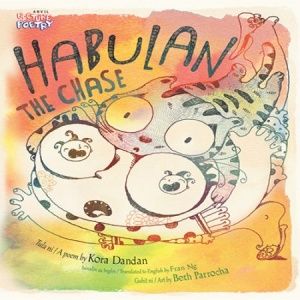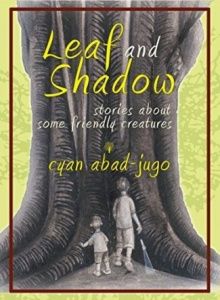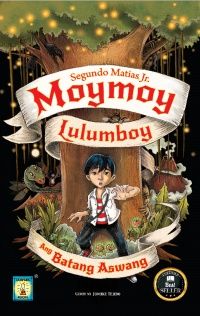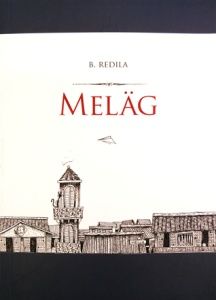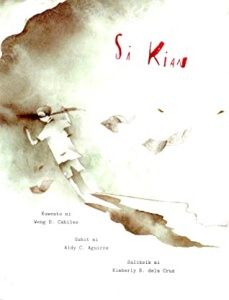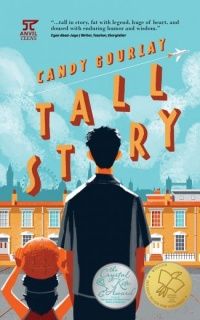International readers know little about Filipino children’s books that come from the Philippines itself, a completely different set of works that have distinct identities. Luckily, as a Filipino who has worked in the local and international publishing industry, I have a list of some the best Filipino children’s books. These Filipino books for kids vary by sub-genre and language. There are books on Filipino mythology, folklore, identity, friendship, and everything in between. There are also some Filipino children’s books that feature characters that are quintessentially Filipino. What’s more, there are some books written and/or produced by the best in the Philippine children’s book industry, some of whom are my former colleagues. Then of course, as English and Filipino are the two official languages of the Philippines, there are Filipino children’s books in those languages. To give them the spotlight they deserve, here are 15 of the best Filipino children’s books from the Philippines.
Filipino Children’s Books for Early Readers
Filipino Children’s Books: Beginning Chapter Books
Filipino Children’s Books for Middle Grade Readers
Evidently, Filipino children’s books offer variety in terms of genre and subjects: the stories feature mythology, folklore, social justice, coming of age, and so much more. In 2014, a Philippine-based publisher reissued Gotita de Dragon and Other Stories with a new cover. The short story collection encompasses many genres and topics; reimagines Western tales; and somewhat mixes genres such as fantasy, Philippine mythology, folklore, mystery, and so much more. It features the tales Joaquin wrote in magazines in the previous decades, namely “Lechonito the Holy Innocent,” “The Mystery Sleeper of Balite Drive,” “The Traveling Salesman and the Split Woman,” “Balikbayan,” and “Gotita de Dragon.” Joaquin’s other out-of-print children’s series, Pop Stories for Groovy Kids, is most requested by bookworms in the Philippines. Though it was Filipino writer Severino Reyes who created the stories of Lola Basyang, who has become something of an icon in the Philippines’ children’s book sector, Christine Bellen’s retellings in the mid-2000s through a set of picture books were a hit. The picture books were reissued anew in 2017. “The Monkey Prince,” “Fearless Pedro,” and “The Palace of the Dwarves,” among others, are among the mythology short stories included. Illustrations by a variety of local artists are included in the picture books. Usually, there’s a little bit of a story among families in these languages. This is a must-read Filipino children’s book for the future multilingual. Si Emang Engkantada at ang Tatlong Haragan incorporates elements from Philippine mythology. It follows three children who do nothing but destroy the environment. They cut plants, throw garbage everywhere, and waste electricity. Emang Engkantada, an enchantress, teaches them a lesson by sending them to places where they would feel discomfort. Eventually, the three would regret their past actions and help Emang Engkantada. The book is in English and Filipino. No one knows who originally wrote this Philippine mythology book, but José Rizal’s version is the most well-known. He even illustrated the cover himself. The Monkey and the Turtle tells the story of a foolish monkey and the clever turtle. The two animals find a banana tree and split it in two. The monkey gets the upper part of the plant while the turtle gets the lower portion, the one with the roots. It’s a fun tale with plenty of lessons. Ibong Adarna is a 16th century folktale about a magical bird that can sing, but no one knows who actually wrote the tale. It’s a required reading in many schools. In the book, which is in English and Filipino, three princes go on a quest to capture the legendary bird in order to cure their ailing father, the king. The text is in English and Filipino. Blanket/Kumot features poems accompanied by colorful illustrations, and the texts are in English and Filipino. The scenes are in colorful illustrations, and the text is supposed to be read out loud to kids. Owl Friends follows Amelia and her family, who, after being displaced by the eruption of Mt. Pinatubo, moves to a settlement area. There, Amelia meets Johnny, an Aeta. At first, Amelia’s family is wary of Johnny. But later on, they would change their behavior toward him. It’s a moving story about fighting racism and prejudice. This is a light read for kids who are into Filipino folklore. The book revolves around the titular character Moymoy Lulumboy, who is an orphan. As a baby, he was given to a saleswoman in a mall. As he grows up, he becomes unaware of his real identity — that he could be from a different world. This is an exciting story for kids to get started with Philippine mythology and folklore. The book is followed by Moymoy Lulumboy: Ang Nawawalang Birtud, Moymoy Lulumboy: Ang Paghahanap kay Inay, Moymoy Lulumboy: Mga Dulot ng Digmaan, Moymoy Lulumboy: Ang Lihim ng Libro, and Moymoy Lulumboy: Ang Ugat at Ang Propesiya. Meläg won Best Graphic Literature in the Philippine edition of the National Book Award in 2017 and the Best Reads for Kids at the Philippine National Children’s Book Awards in 2018. Among those who were killed is a teen named Kian de los Santos, who was accused of being a drug runner. According to the reports, he was killed by the police in August 2017, which caused an uproar in the Philippines. In this picture book aimed at young readers, the authors tell the life story of Kian de los Santos. The Philippine Center for Investigative Journalism contributed to the research. It won Best Reads for Children at the National Children’s Book Awards in 2018 in the Philippines. Tall Story was first published by Filipino publisher Anvil Publishing in 2010. Then it was picked up by David Fickling Books in the UK. It won Best Reads for Children at the Philippine National Children’s Book Award in 2012 and the Crystal Kite Awards in Europe in 2011. Last year, it was included among the best books of the last 100 years in the UK. Ready to give Filipino books for adults a try? Here are 5 Must-Reads of Philippine Literature and the Best Filipino Horror Books to add to your TBR!

